Nothing secret about vision document on Taj Mahal, Supreme Court tells UP govt
Thu 29 Nov 2018, 16:43:03
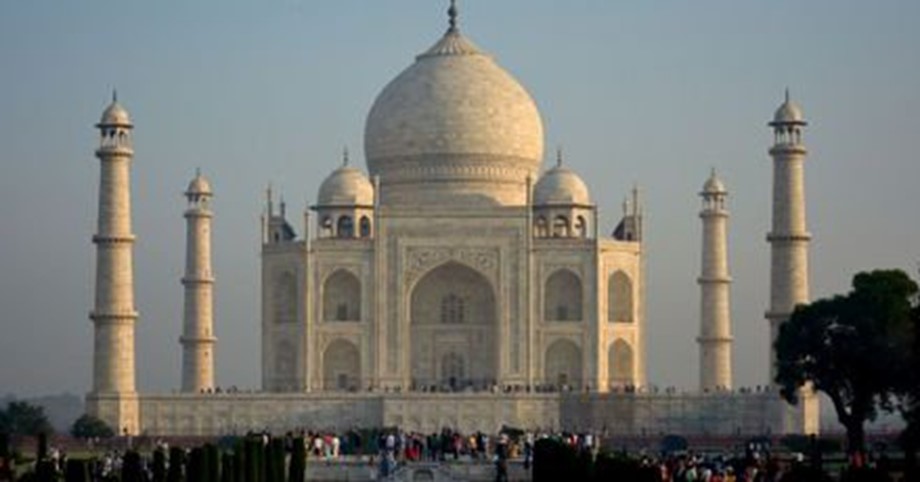
New Delhi: The Supreme Court told the Uttar Pradesh government on Thursday that the vision document on the Taj Mahal, being prepared by the Delhi School of Planning and Architecture, should be made public.
"There is nothing secret about it," a bench headed by Justice Madan B Lokur said.
The Delhi School of Planning and Architecture (DSPA) told the court that it is in the process of preparing a vision document for the protection and the preservation of the Taj Mahal in Uttar Pradesh's Agra town and will complete it in a few days.
It said the document would be submitted to the state government.
Additional Solicitor General A N S Nadkarni, appearing for the Centre, told the bench that the first draft of the Heritage Plan for Taj Mahal, which is to be submitted to UNESCO, will be finalised within eight weeks.
On September 25, the apex court extended till November 15 the time for the Uttar Pradesh government to come out with a vision document on protecting the 17th century monument and asked it to consider declaring a portion of the area surrounding it 'heritage'.
It was informed by the state government that the DSPA, which is preparing the vision document, had sought an extension till November 15 to finalise it. The state government told the court that "in-principle" there cannot be any objection in declaring all of Agra a heritage city but
that would have several ramifications.
that would have several ramifications.
It said it would be difficult to declare the entire city heritage but some portion of it could be brought within its ambit, covering sites like Taj Mahal, Fatehpur Sikri and Agra Fort.
The state government told the court that it has sought the assistance of Ahmedabad-based Centre for Environmental Planning and Technology on the issue and asked it to prepare a report.
The apex court had earlier asked authorities to take a larger perspective on issues of pollution and green cover while preparing a vision document, saying there will be no "second chance" to preserve the Taj Mahal.
While observing that the Taj Mahal would "of course be the centre piece" of the matters to be considered, the apex court said other issues like vehicular traffic, pollution from the industries operating in the Taj Trapezium Zone (TTZ) and the water level of the Yamuna river should also be looked into while preparing the vision document.
The TTZ is an area of about 10,400 sq km spread over the districts of Agra, Firozabad, Mathura, Hathras and Etah in Uttar Pradesh and the Bharatpur district of Rajasthan.
Environmentalist M C Mehta, the petitioner in the case relating to the protection of Taj Mahal, had told the court that green cover in the area has reduced and there were encroachments inside and outside the Yamuna flood plains.
No Comments For This Post, Be first to write a Comment.
Most viewed from National
Most viewed from World
AIMIM News
Delhi Assembly polls: Owaisi leads Padyatra in Okhla
Feb 01, 2025
We reject this Waqf Amendment Bill: Asaduddin Owaisi
Jan 30, 2025
Latest Urdu News
Most Viewed
May 26, 2020
Which team will win the ICC Men's Champions Trophy 2025 held in Pakistan/Dubai?
Latest Videos View All
Like Us
Home
About Us
Advertise With Us
All Polls
Epaper Archives
Privacy Policy
Contact Us
Download Etemaad App
© 2025 Etemaad Daily News, All Rights Reserved.



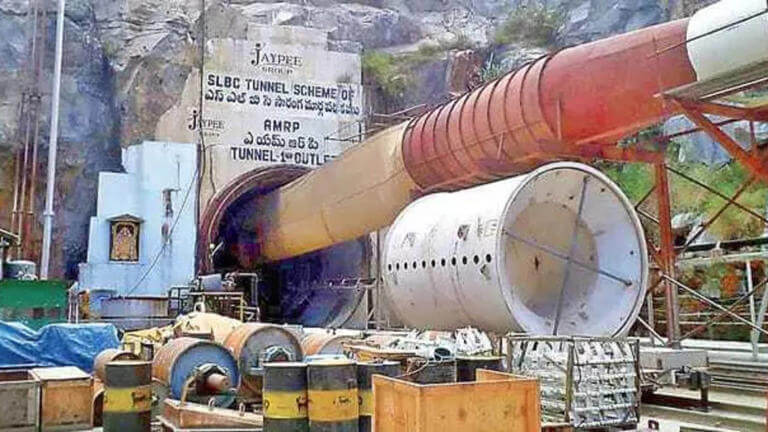


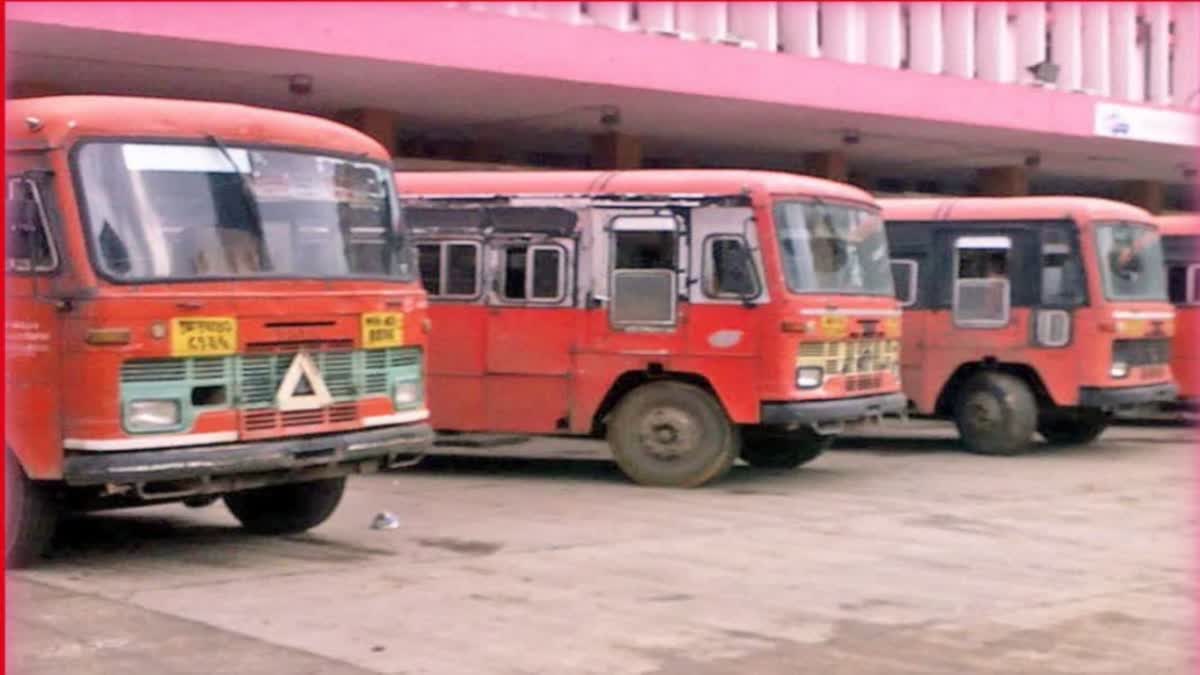
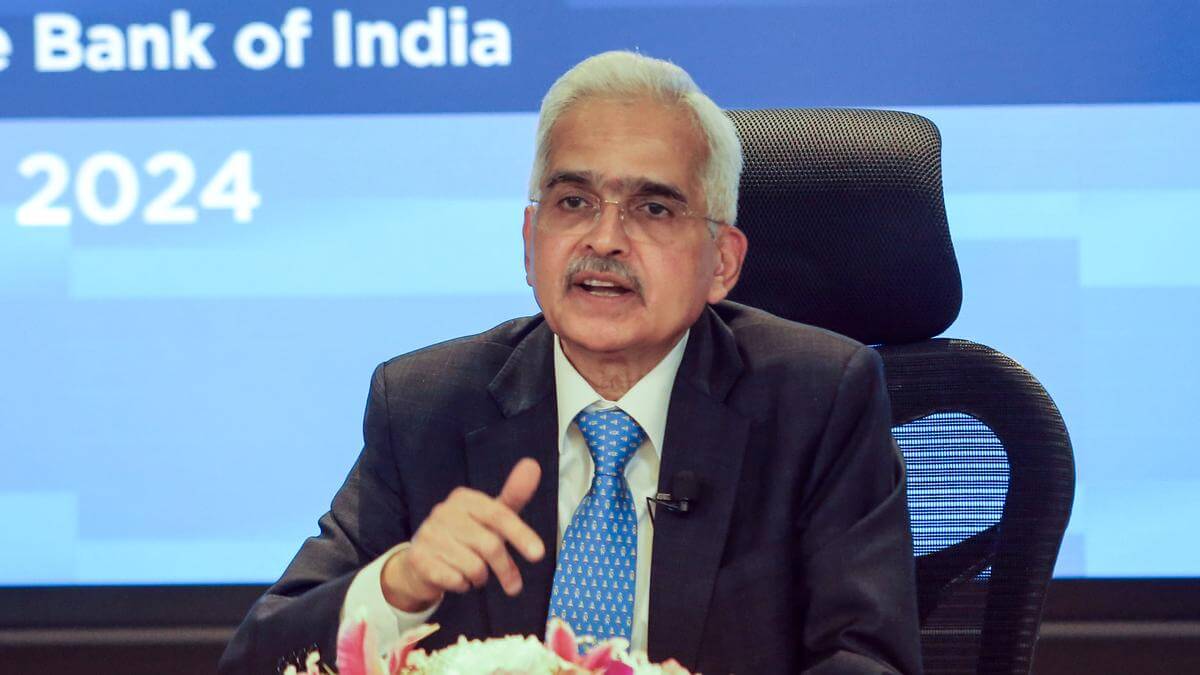
.jpg)
.jpg)
.jpg)
.jpg)
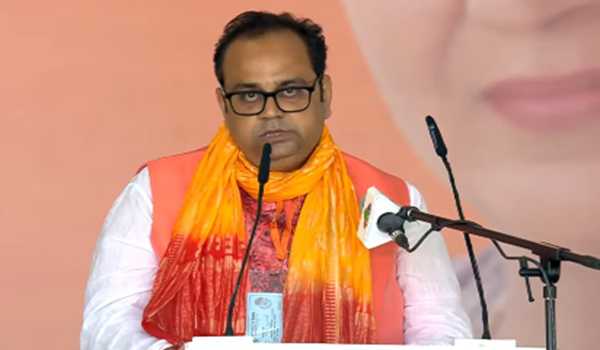


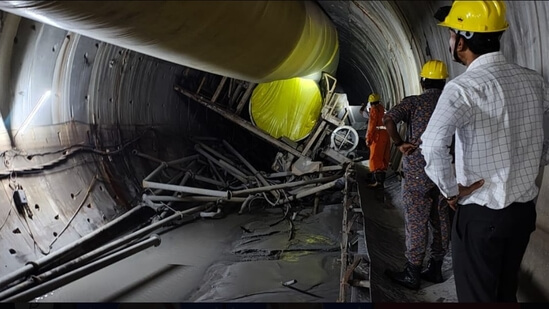

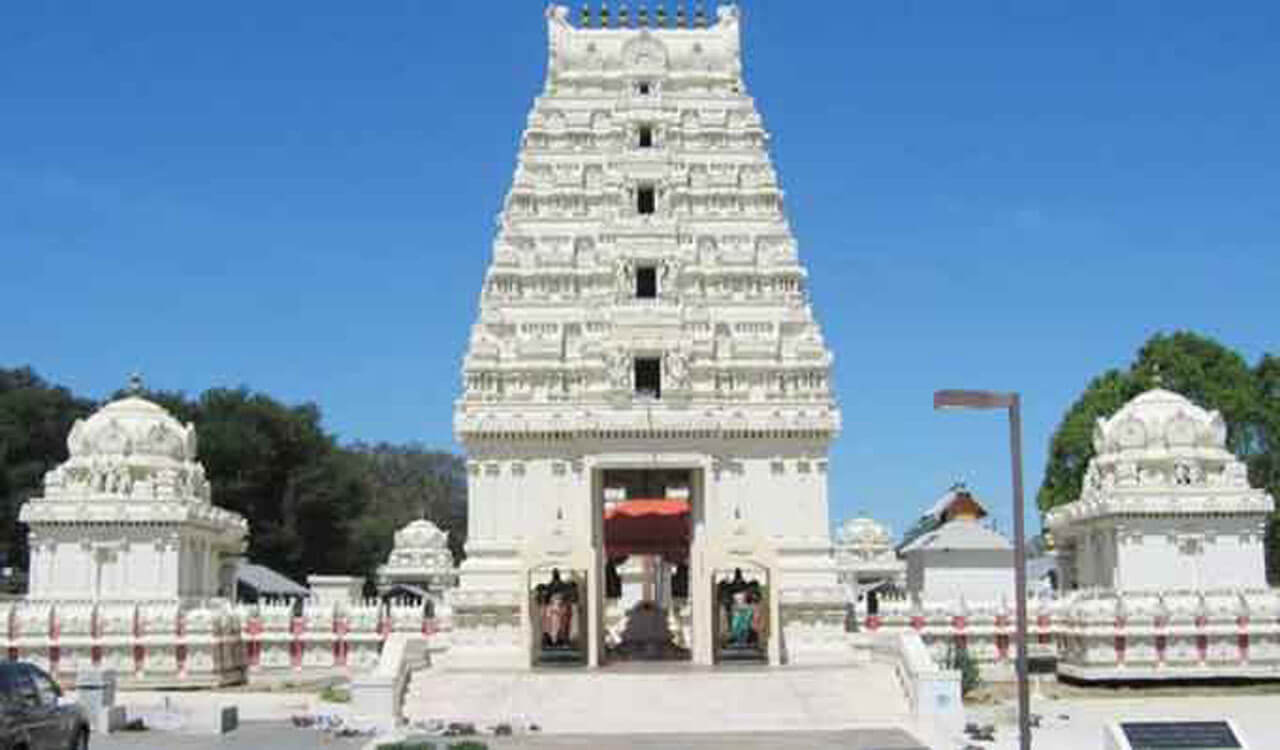

.jpg)
.jpg)
.jpg)
.jpg)



















